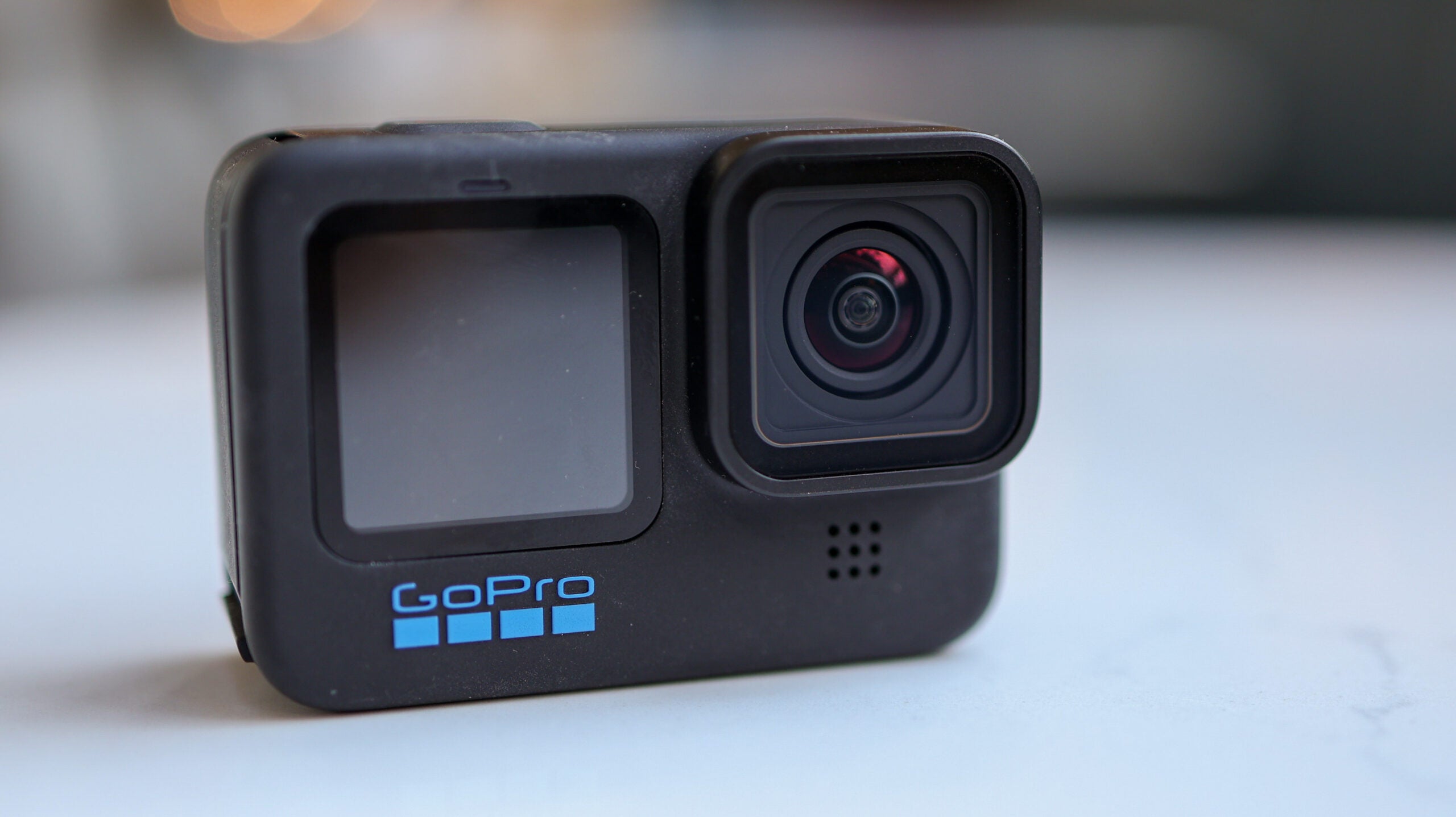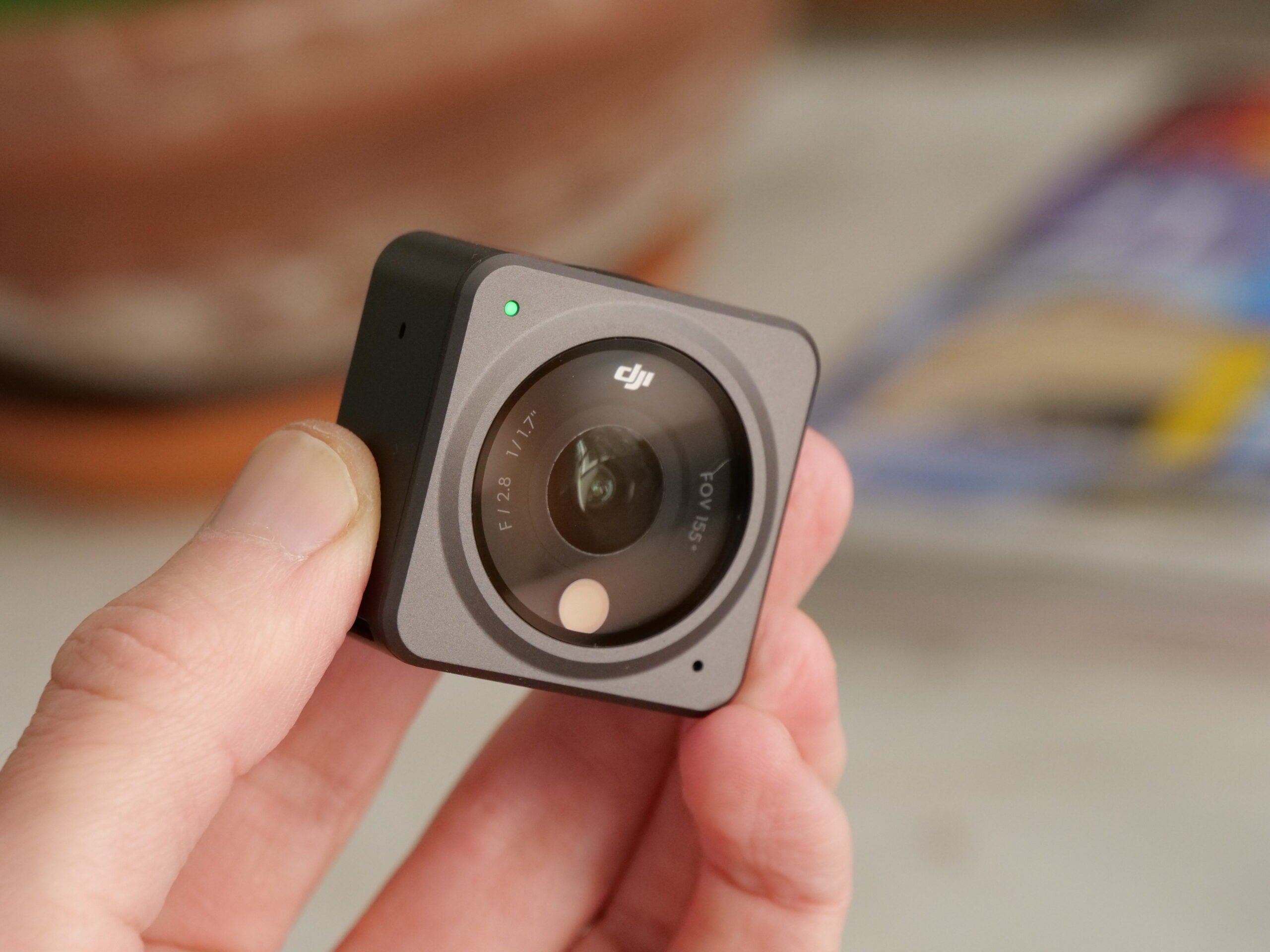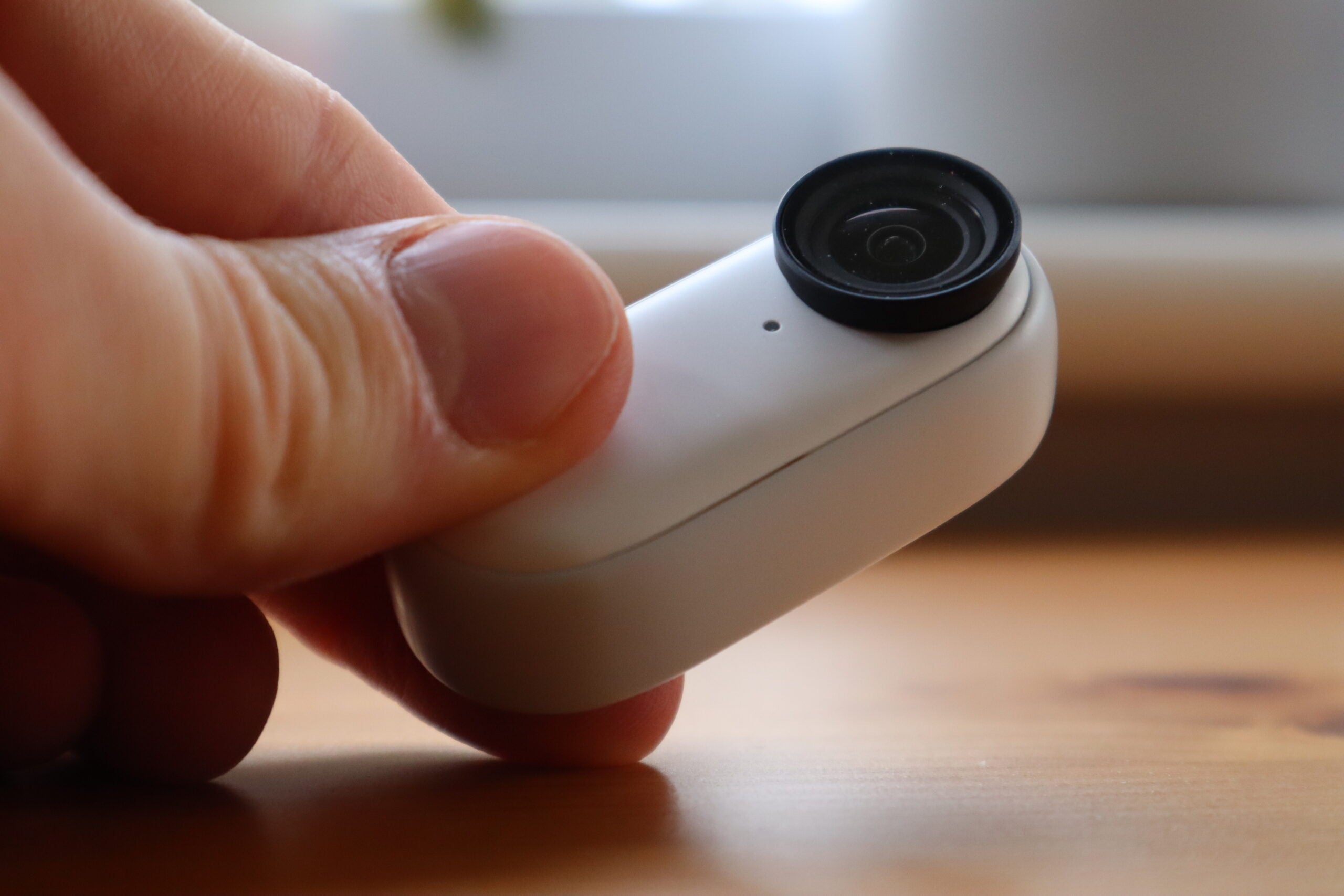Insta360 Go 3 Review
A new miniature-bar for action cameras
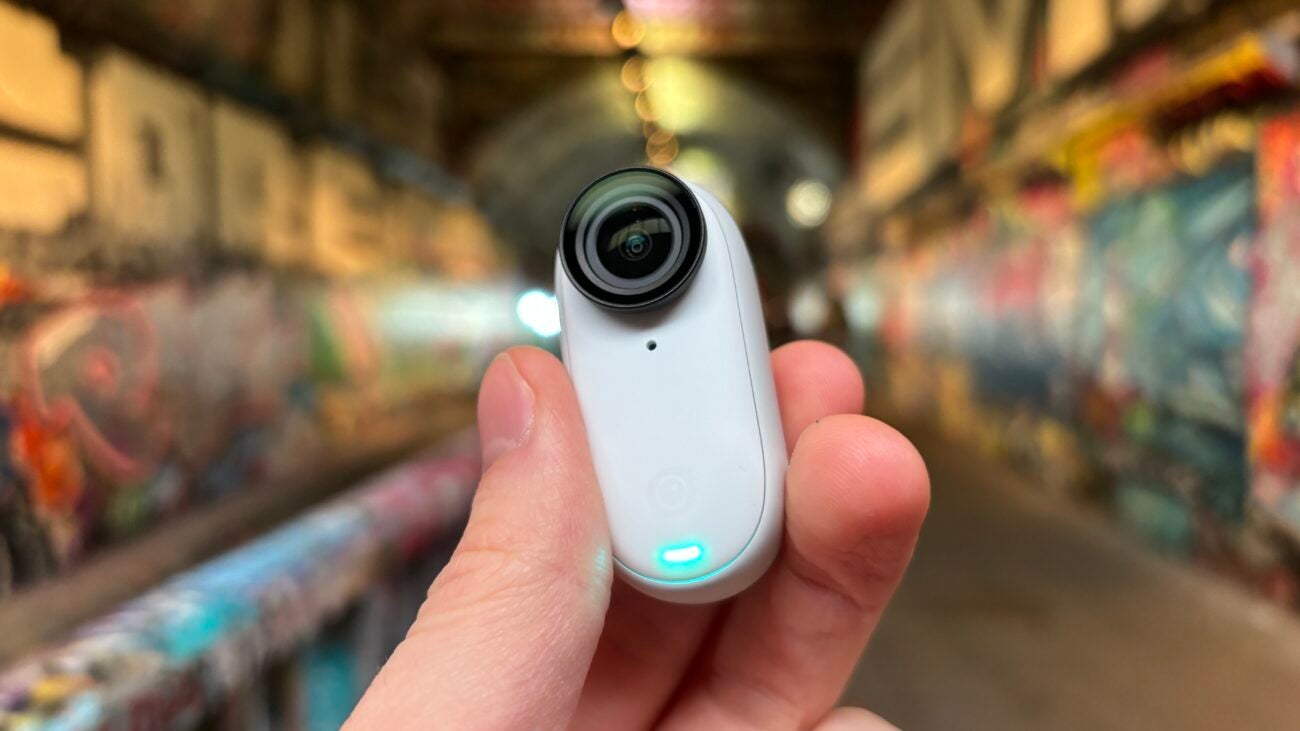




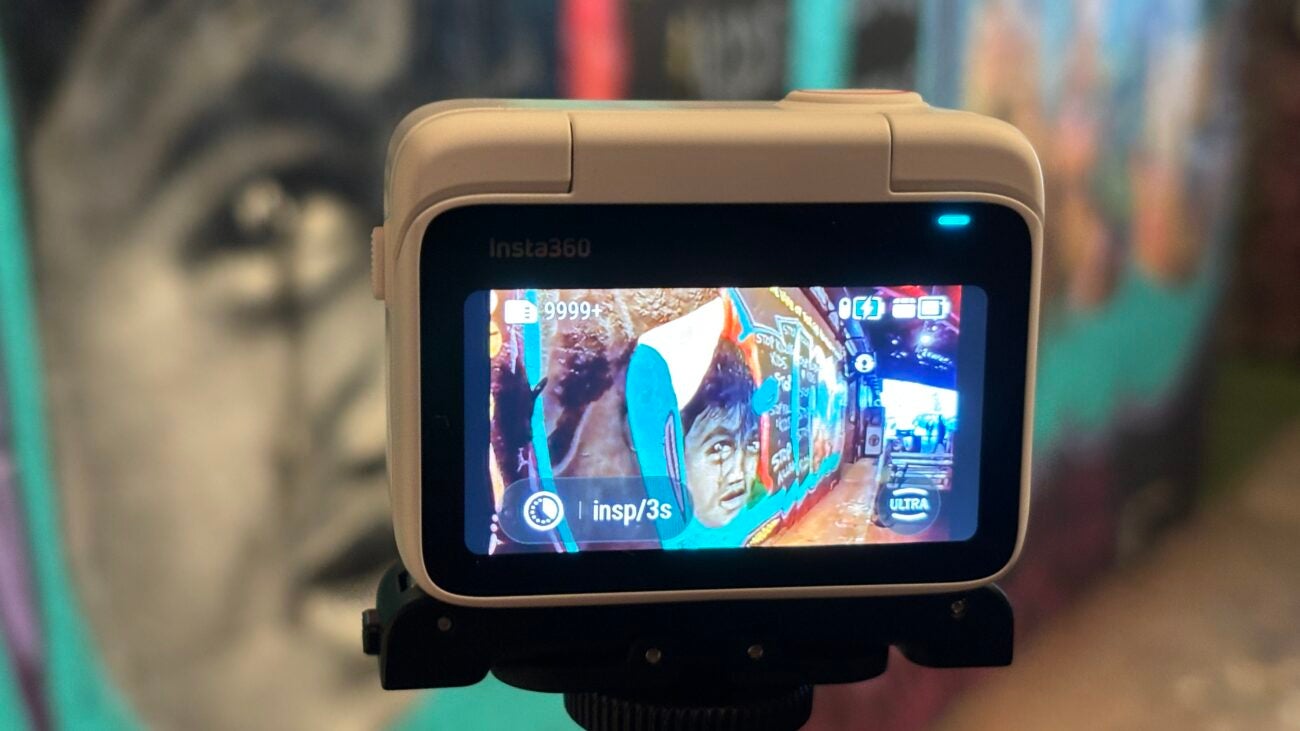


Verdict
While the likes of GoPro and DJI are refining the ‘traditional’ action camera space with ever-more premium specs, I’m glad that Insta360 is experimenting in a different direction with the Go 3. The Go series’ versatility is still unmatched and while the Go 2 was intirguing but with plenty of caveats, the Go 3 is now a great action camera in its own right that just happens to be the size of a thumb.
Pros
- Now shoots at 2.7K
- Vastly superior microphones
- No more overheating
- The Action Pod is great
Cons
- Low-light scenes are still too difficult
- Quite a hefty price bump
Key Features
- One of the smallest action cameras around:Weighing just 39g
- New Action Pod:Shoot like a traditional action camera
- Better heat dissipation:Overheating is no longer an issue
Introduction
The company behind the Insta360 Flow and the Insta360 Link has revamped its smallest action camera with the surprisingly robust Insta360 Go 3.
Insta360 is on quite the roll at the moment. No longer nipping at the heels of GoPro in the action camera market, the company has put out impressive cameras like the Insta360 X3, and that’s before raising the bar elsewhere with products like the Insta360 Flow which is easily the best smartphone gimbal we’ve ever tested.
In this instance, Insta360 has turned its attention back towards its smallest camera, the Insta360 Go 2, and given it a major overhaul in both video capture quality and overall functionality. For a device that’s barely larger than a thumb however, you might be wondering if it even has a place amongst the latest action cameras which can capture some truly jaw-dropping footage.
After spending a few months with the device, here’s my verdict.
Design
- Weighs just 39g on its own
- Action Pod replaces the old tripod case
- The Go 3 is waterproof but the Action Pod isn’t
It may sound odd at first but Insta360 has managed to stick quite closely to the template of the Go 2 whilst also overhauling one of its biggest aspects to more closely mimic the Insta360 One RS. What I mean by this is that the Go 3 itself, being the core component, has received a few small tweaks that make it easier to use.
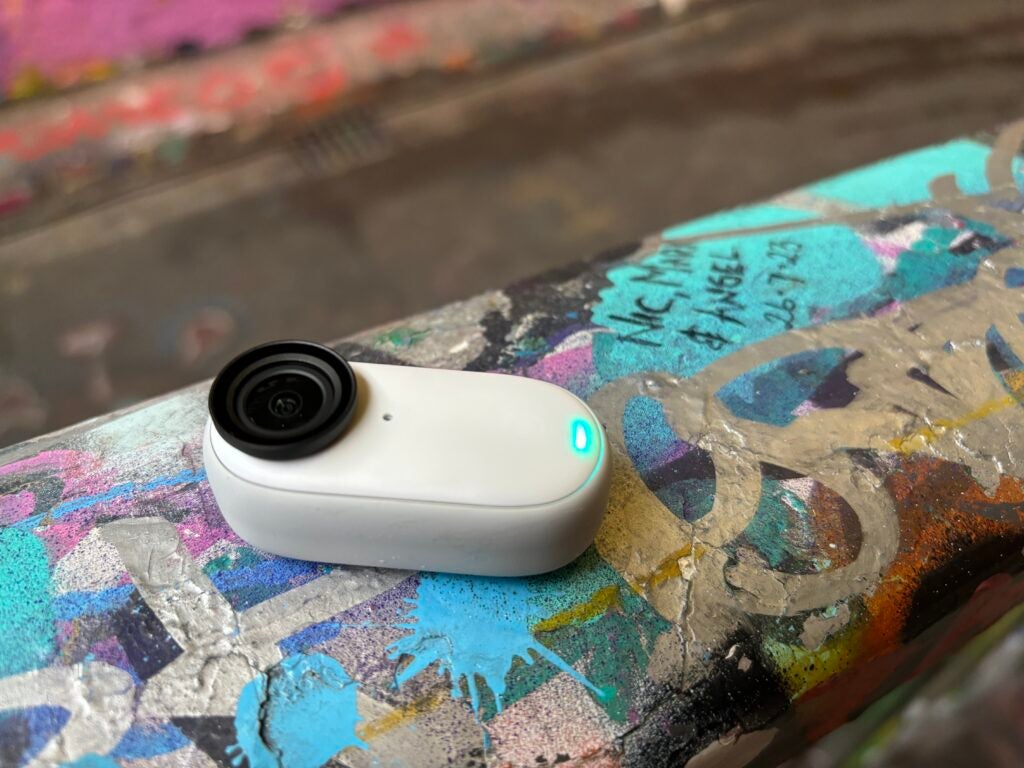
There’s now a rubberised grip around the outside of the device which makes it less likely to suddenly fall out of your grasp, and it’s ever-so-slightly heavier although not to the point where it diminishes its portability.
The biggest change can be found on the new Action Pod which serves to replace the Charge Case from the Go 2. While the latter served as a charger, tripod and remote control unit, the Action Pod goes far beyond this to try and replicate the feature-set of traditional action cameras like the GoPro Hero 11.
It can still charge the Go 3 and be used as a remote control, but the Action Pod now takes on a wider shape whilst also sporting a 2.2-inch touchscreen that can flip out 180-degrees for front-facing video. It’s a completely new design philosophy but it does retain the pool of accessories that made the Go 2 so versatile in the first place.
In addition to the Action Pod, there’s a clip-on holster that allows the Go 3 to be attached to a cap, as well as a magnetic necklace that keeps the Go 3 at chest level for true POV content, just to name a few. It offers plenty of opportunities for experimentation, and the magnets on the rear of the Go 3 ensure that it stays firmly in place, regardless of which accessory you’re using.
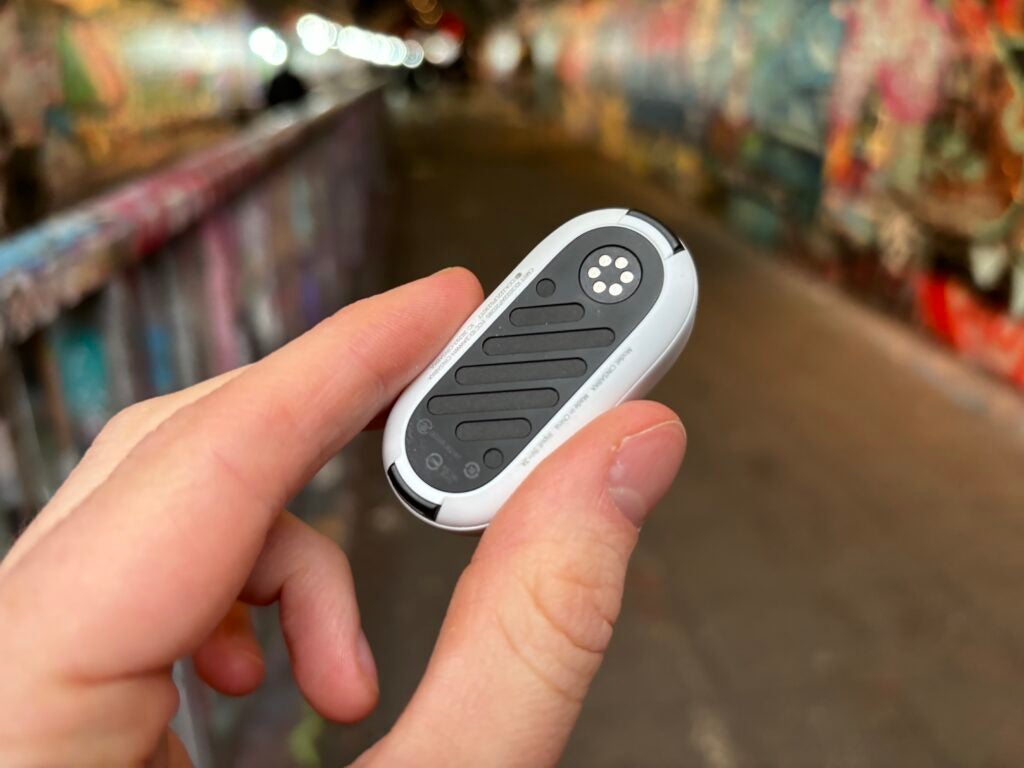
Do note however that while the Go 3 itself has an IPX8 certification and is waterproof up to 16ft, the same cannot be said for the Action Pod which is only IPX4 splash-resistant, meaning it cannot be submerged in water. It’s not a huge downside but one that’s worth bearing in mind if you do intend to capture a lot of underwater footage.
Screen and Performance
- Overheating has finally been fixed
- The Action Pod revamps how you use the Go 3
- Touch inputs are quick and responsive
As previously mentioned, the Go 3 now benefits from a touchscreen on the Action Pod that completely changes how you interact with the camera on the go. You can still hit the push button on the Go 3 itself to start filming, but this time around you don’t need to connect to your smartphone to view footage that you’ve filmed, and you now have far more control over that type of footage you want to capture.
For instance, in addition to photos and video recording, you can select timelapse and slow motion, as well as my personal favourite, FreeFrame Video. This new mode gives you more flexibility in the editing process as it records a wider field of view so that you can change the footage to whichever aspect ratio you feel works best, without sacrificing the details.
The fact that the screen can flip out to face the user also makes the Go 3 better suited for vlogging than ever before. There’s no longer any guesswork about whether you’re framed correctly in a particular shot, so if you felt that the Go 2 was lacking in that regard – you’ll feel far better suited with what’s available here.
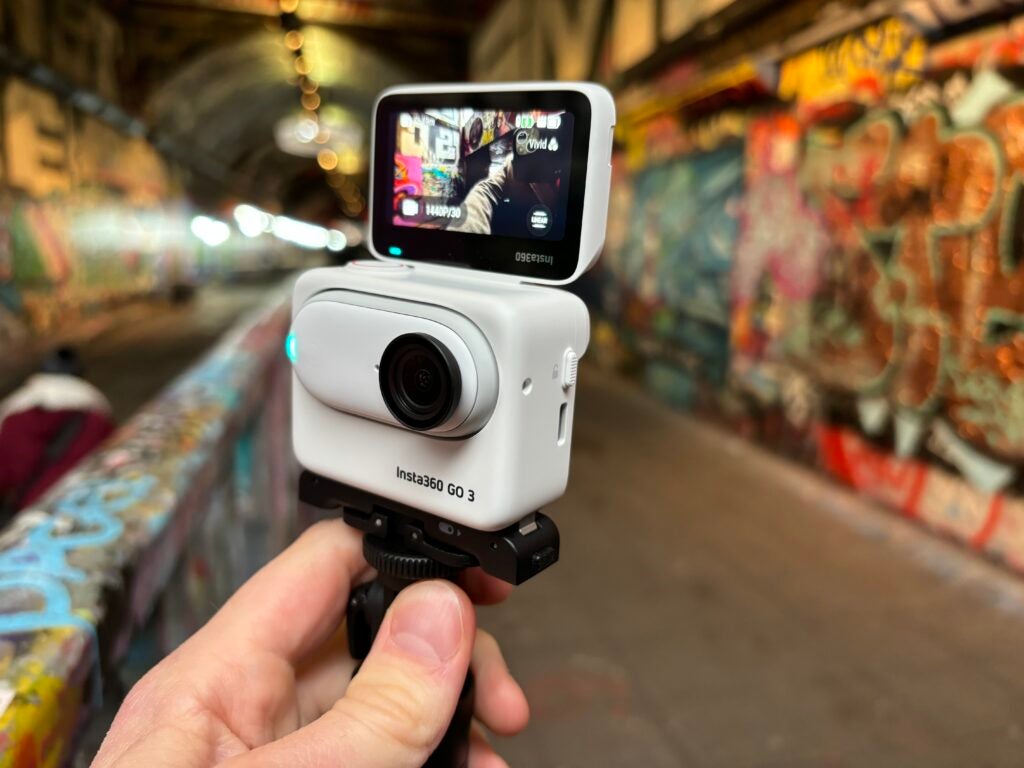
However, one of the biggest issues I had with the Go 2 was heat dissipation. The build up on that miniature camera was so bad that I was convinced it was on the verge of suffering irreparable damage, and so my interest in using it to capture long days out quickly vanished. It’s understandable then that I had a fair amount of trepidation going into this review, wondering whether or not the problem had been fixed but I’m glad to report that it’s no longer an issue.
Even on some of the hotter days from this year, I haven’t noticed any concerning heat build up on the Go 3. The improved heat dissipation has allowed the Go 3 to shed the capped video lengths of its predecessor, meaning that so long as there’s enough memory and battery life in the tank, you can keep on filming till your heart’s content.
It’s also worth mentioning that despite being one of the more affordable cameras in Insta360’s range, there’s no noticeable downgrade in processing speed. You can zip through the menus with ease on this thing, so if you need to change tact quickly, you won’t be held up by any lag. Plus, the speakers on the Action Pod are surprisingly loud, so it’s easy enough to quickly dive into some playback when out and about.
During this review, I did encounter an issue where the Insta360 Go 3 would no longer connect with either my iPhone or the Action Pod and so a second unit needed to be sent out. This issue doesn’t seem to be isolated to just one instance either as a few users have noticed the same problem, and it also meant that I was unable to retrieve my recorded footage.
Because the Insta360 Go 3 saves all of your content to its internal storage (which goes up to 128GB) and there’s no support for microSD cards, if your device should break before you manag to download your files elsewhere then they’re unfortunately gone for good. Having long since said goodbye to the ability to add additional storage to my smartphone, I’m not convinced that local storage is immediately a negative aspect of the Go 3’s design but it does mean that you’ll probably want to treat it with a little more care than your average action camera.
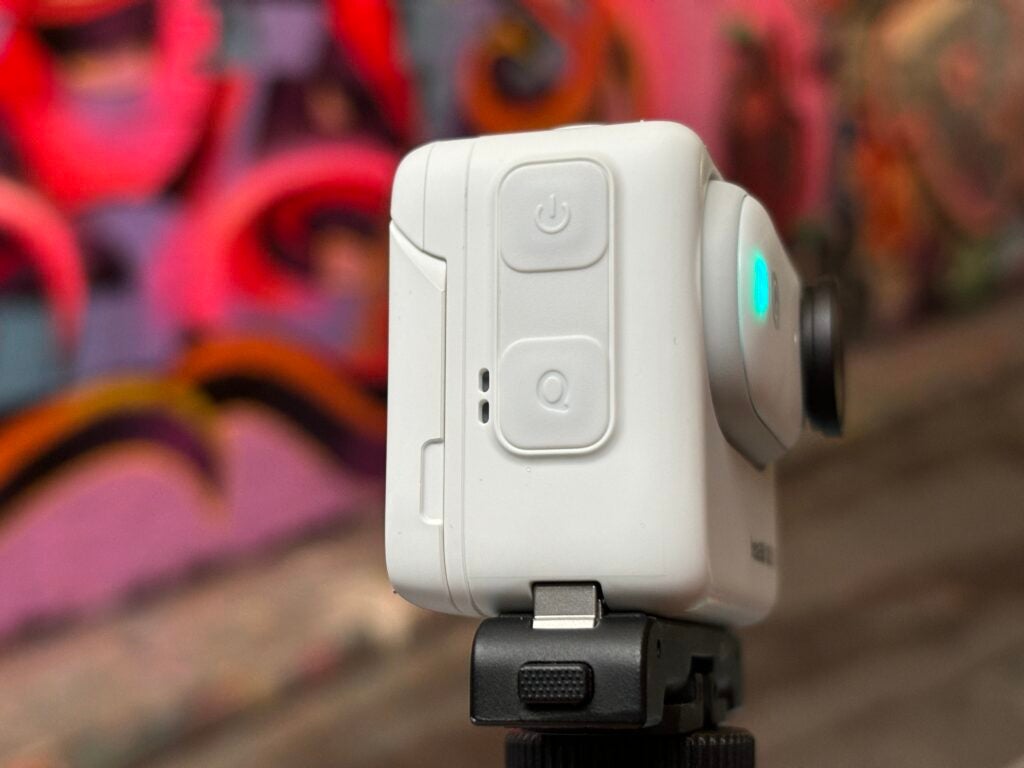
Video and Image quality
- The video ceiling has been lifted to 2.7K
- The new mics are a huge improvement
- Can’t keep up in low-light scenes
One of the obvious trade-offs with a camera as small as the Go series is the level of image quality. This can be forgiven to an extent as the Go range was better suited to capturing b-roll, particularly from hard to reach angles that would be too cumbersome for a regular camera. With the Go 3 however, Insta360 has made a concerted effort to close that gap.
It’s now possible to shoot content at up to 2.7K resolution with the Go 3 (up from 1440p), and while that isn’t quite as high a ceiling as the 5.3K resolution on the latest GoPro Hero 12, I’d argue that it’s enough of an improvement to allow the Go 3 to operate as your sole vlogging camera.
When filming outdoors, even on a cloudy day, everything looks sharp and when taking the Go 3 on a tour near London’s Southbank, every detail of my journey was captured perfectly. When watching the video after the fact, I was able to hone in on parts of the periphery and still pick up on plenty of colour and detail, so if you’re shooting a travel vlog and want to give your audience plenty to feast their eyes on, the Go 3 is more than up to the task.
What impressed me, even more so than the video quality, was just how vastly improved the new microphone set-up is. Now boasting two built-in mics, the Go 3 does a far better job of picking up usable audio that doesn’t require any major tinkering with (unless you’re super finicky about audio levels).
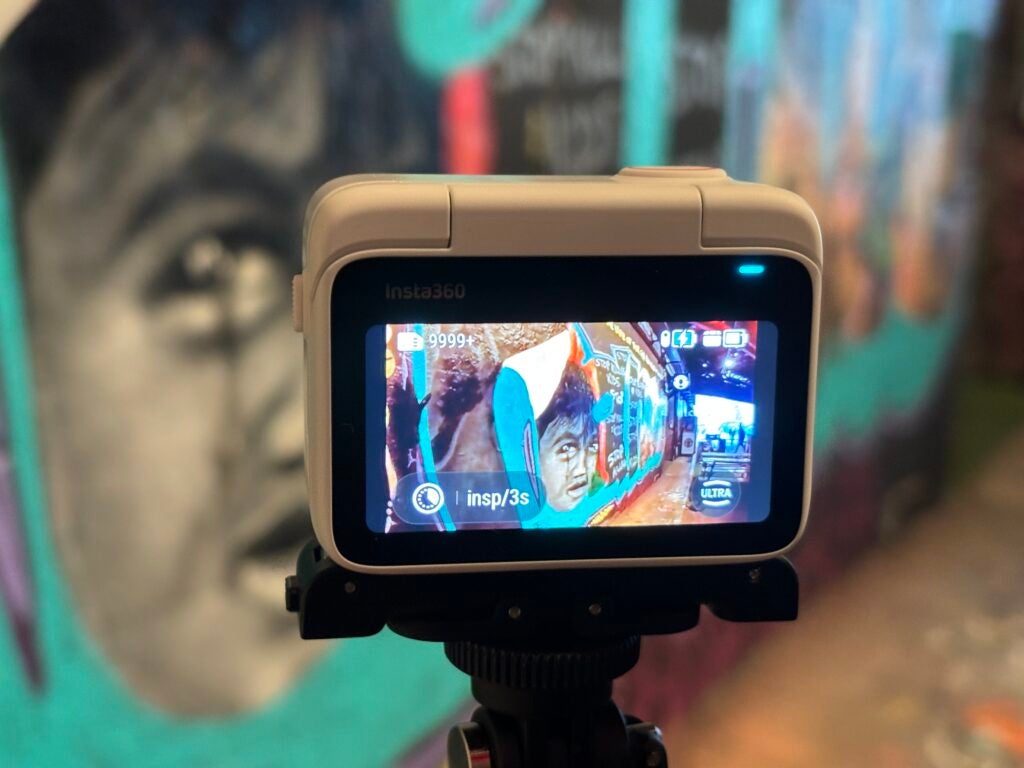
During that same Southbank excursion, I headed through one of the most crowded areas and shot a quick to-camera segment. Watching the footage back afterwards, I was surprised by just how well the Go 3 was able to dispel the sound of passersby and hone in on my voice. I do not doubt that the Go 3 could handle itself in one of London’s even more densely populated areas.
In these moments, the Go 3 was also able to pump out some respectable-looking photos. With enough light to gather, the Go 3 is handy for capturing vistas in ultra-wide mode but I’d be lying if I said I was going to start using it over the camera on my iPhone 15 any time soon.
The only major area for improvement is the struggle that the Go 3 endures when shooting in low-light. I took the Go 3 to the graffiti-laden walls of the Leake Street tunnel, but the camera couldn’t quite maintain the same level of detail that it was able to capture elsewhere, and any attempt to keep up with the environment mostly ended up in blurry footage that left a lot to be desired. If you need something that fares far better in low light then the Insta360 Ace Pro is a much better option.
Stabilisation and Battery Life
- Some of the best stabilisation out there
- Up to 45-minutes shooting with the Go 3
- Action Pod lengthens the battery to 170-minutes
If the improved audio and video quality make up the core of the Insta360 Go 3’s list of features, it’s the incredible stabilisation that serves as the cherry on top of what this miniature camera brings to the table. Simply put, the Go 3’s stabilisation is up there with the best I’ve ever seen, and it’s not just locked to when the camera’s stored in the Action Pod either.
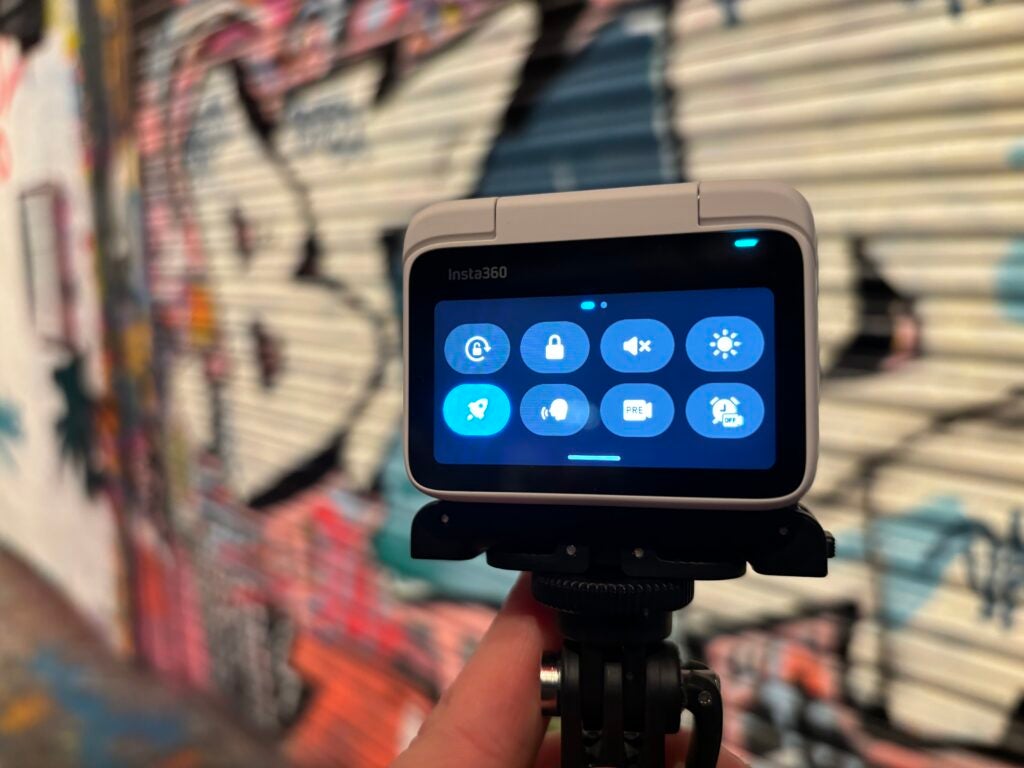
I filmed several to-camera segments on the go, holding the Go 3 between my thumb and forefinger, and you’d honestly think that I’d been holding it in a gimbal from how stable the footage was after the fact. It should be pointed out that I filmed the majority of my content on the ‘High’ stabilisation mode, which sits just below the ‘Max’ option, should you need something more heavy duty for bike riding or running.
One of the most eye-catching claims Insta360 made during the launch of the Go 3 was that it could shoot for 50% longer than the Go 2 which, if you’re trying to get in a day’s worth of filming without reaching for a battery pack or charging point, is a huge win.
According to Insta360, you can get 45 minutes of filming from the Go 3 itself, but that can be bumped up to a whopping 170 minutes when the Action Pod is brought into the fold. The 45-minute claim seems perfectly valid as a 30-minute shoot brought the battery down to 33%, leaving more than enough left in the tank to reach that mark.
While I wasn’t able to record for nearly three hours straight to test the Action Pod, I will say that it never left me with any battery anxiety when vlogging, ensuring that you’ll be able to capture plenty of content for any longer videos you want to stitch together, let alone shorter, TikTok style pieces.
Latest deals
Should you buy it?
You want the most portable action camera:
At just 35g, nothing comes close to the portability of the Insta360 Go 3, even when it’s housed in the accompanying Action Pod.
You want high-end video quality:
While the image quality of the Go 3 is much improved, it still doesn’t infringe on that of higher-end action cameras like the GoPro Hero 12.
Final Thoughts
The Insta360 Go 3 isn’t just a great follow-up to Insta360’s previous thumb-sized action camera, it’s also a great vlogging camera in its own right and one that I think is sure to find an audience amongst entry-level content creators. There’s even a case to be made for it being a solid second device for professionals who need serviceable b-roll for larger projects.
The one obvious downside (aside from the 2.7K capture ceiling) is that the Go 3 still has plenty of room for improvement where low-light filming is concerned, and if night-time shoots are more your bag then I recommend opting for the Insta360 Ace Pro instead. There’s also a noticeable price bump to contend with which, at £379.99 is more expensive than last-generation flagships like the GoPro Hero 11 (if you know where to look).
Still, if you’re happy to spend a little more and you’re not that interested in low-light filming then you’ll find plenty to love in the Insta360 Go 3.
How we test
We thoroughly test every action camera we review. We’ll always tell you what we find and we never, ever, accept money to review a product.
Tested over several months
Compared against existing action cameras for a comprehensive verdict
FAQs
Yes, the Insta360 app is available on both iOS and Android phones.
No, you can press the button on the front of the Insta360 Go 3 to start filming, even when the Action Pod isn’t around.



